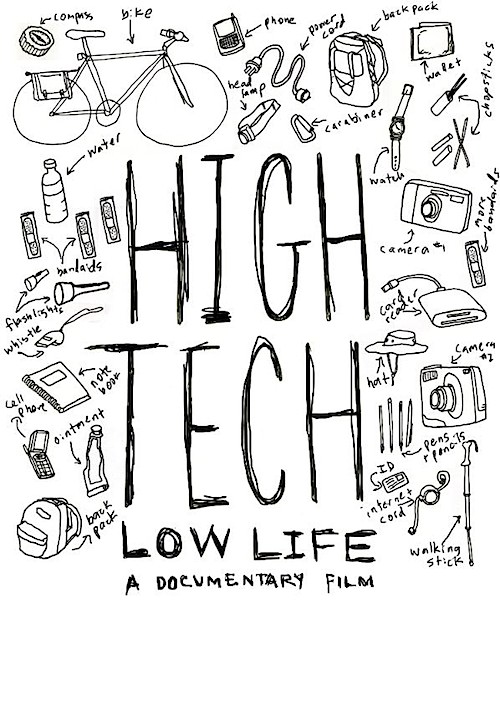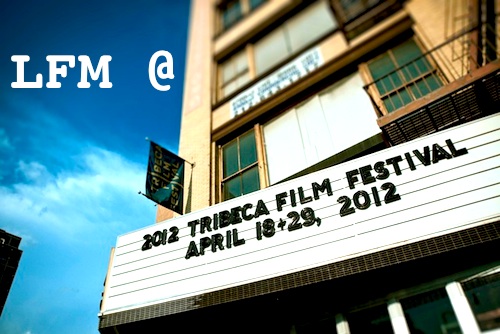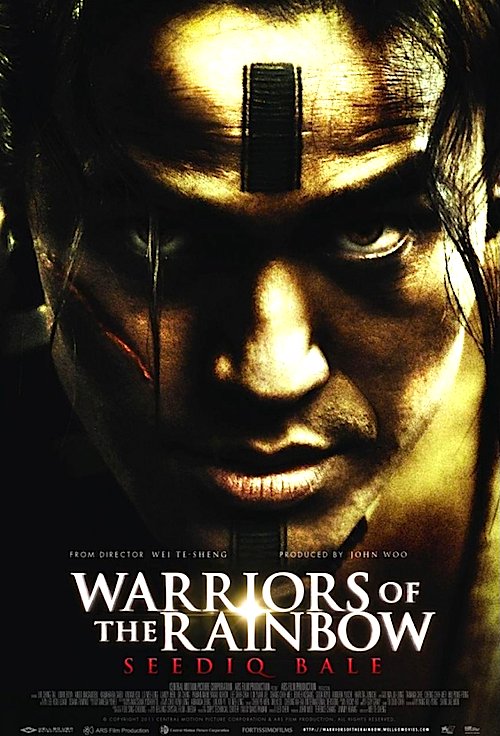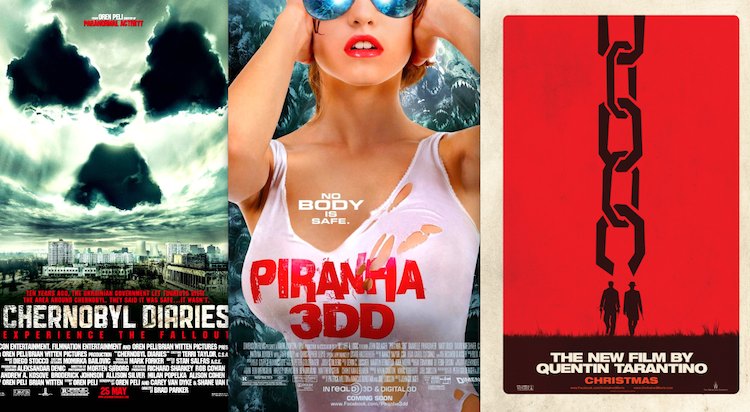 By Joe Bendel. The internet scares the willies out of the Chinese Communist Party. As a result, they have devoted tremendous resources to censoring underground journalist-bloggers. Yet their biggest challenge is not technological, but the sheer size of China’s discontented population. Huge numbers of average Chinese citizens have turned to the web as a source of unvarnished news and as a means of exposing official corruption. Stephen Maing follows two very different but very independent bloggers in High Tech, Low Life, the best non-music related documentary screening at the 2012 Tribeca Film Festival.
By Joe Bendel. The internet scares the willies out of the Chinese Communist Party. As a result, they have devoted tremendous resources to censoring underground journalist-bloggers. Yet their biggest challenge is not technological, but the sheer size of China’s discontented population. Huge numbers of average Chinese citizens have turned to the web as a source of unvarnished news and as a means of exposing official corruption. Stephen Maing follows two very different but very independent bloggers in High Tech, Low Life, the best non-music related documentary screening at the 2012 Tribeca Film Festival.
Twenty-seven year-old Zhou Shuguang, better known as Zola, will not deny he likes to get attention online. Posting candid photos of himself is part of his shtick. Whether he stirs up positive or negative comments hardly matters to him. It would be easy for some to dismiss the vegetable hawker, until he breaks the story of a middle school girl whose rape and murder, allegedly at the hands of a local official’s son, was covered up by the authorities.
While Zola largely fits the merry prankster revolutionary template, Zhang Shihe, a.k.a. Tiger Temple, is more akin to traditional anti-Communist dissidents. The son of a prominent Party leader purged during the Cultural Revolution, Tiger Temple has witnessed Communist oppression up close and personal throughout his life.
A more reflective blogger, Tiger Temple has documented the destruction of small provincial communities by rampant unchecked pollution, including the illegal dumping of raw human sewage. Not just raking the muck (and foul muck it is), Tiger Temple helps small, overwhelmed village councils draft complaints and package NGO presentations. Frankly, it is a leadership role that makes Tiger Temple a serious threat to the authorities.
 While not as extreme as the circumstances facing dissident artist Ai Weiwei, both bloggers find themselves on the business end of Communist harassment as the film progresses. Obviously these are disturbing developments, particularly for Tiger Temple, but it clearly indicates Maing chose his POV-figures wisely.
While not as extreme as the circumstances facing dissident artist Ai Weiwei, both bloggers find themselves on the business end of Communist harassment as the film progresses. Obviously these are disturbing developments, particularly for Tiger Temple, but it clearly indicates Maing chose his POV-figures wisely.
By documenting the bloggers’ work, Maing has produced an expose of the pervasive graft throughout all levels of Chinese government by osmosis. It is also a profile of courageous truth-tellers (again, especially so in Tiger Temple’s case). If anything, the film might be slightly out of balance, seemingly granting more time to the admittedly attention-seeking Zola than Tiger Temple, who radiates hard-earned wisdom and gravitas.
Whether viewers are China-watchers concerned about the fate of citizen journalists such as Zola and Tiger Temple or Wired readers intrigued by the secret information war raging between dissenting bloggers and the Chinese authorities, HT,LL is a fascinating, alarming, and inspiring film, all at the same time. Clearly the best current events documentary at this year’s Tribeca, it screens again this Wednesday (4/25) and Saturday (4/28) as the festival continues in New York City.
LFM GRADE: A
Posted on April 23rd, 2012 at 2:37pm.


